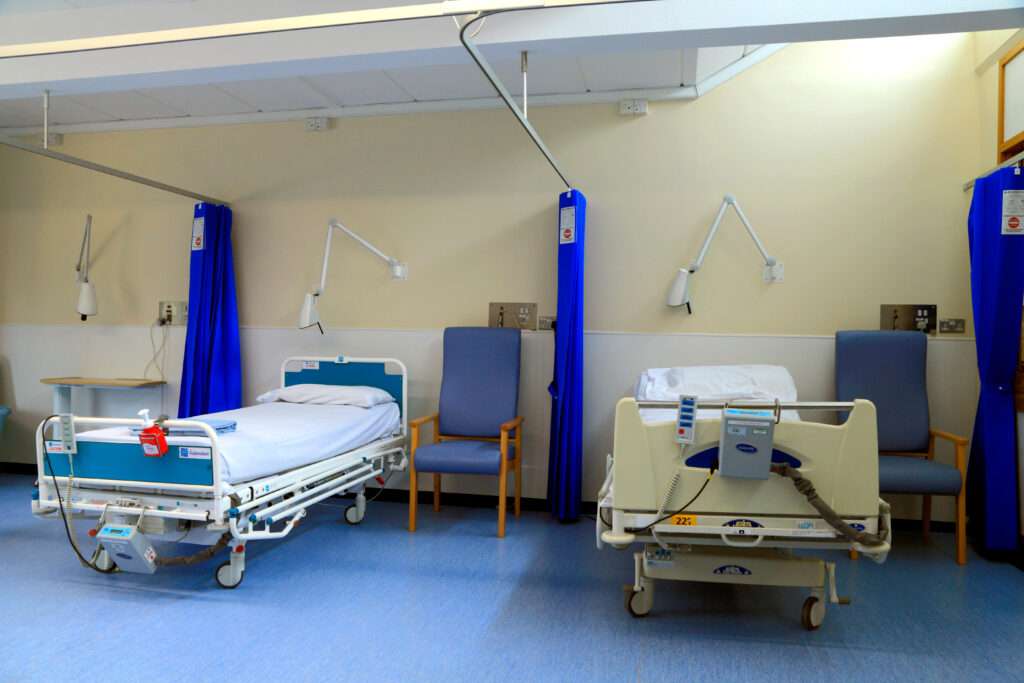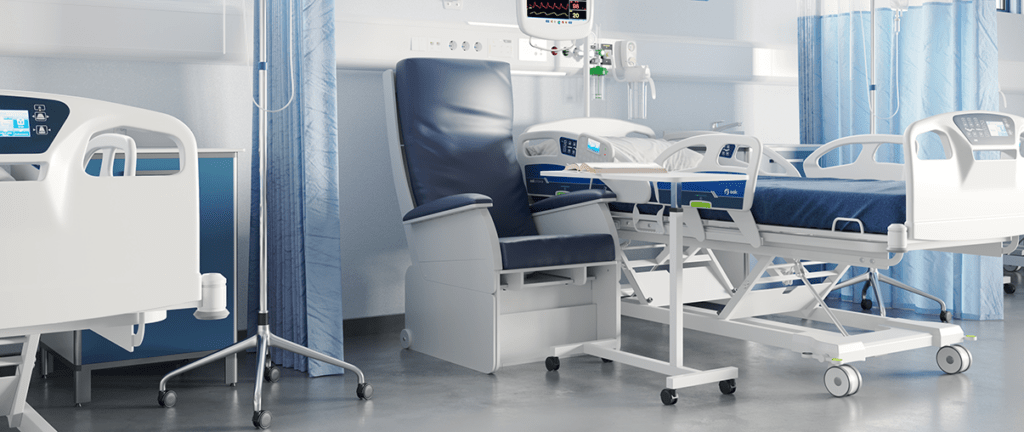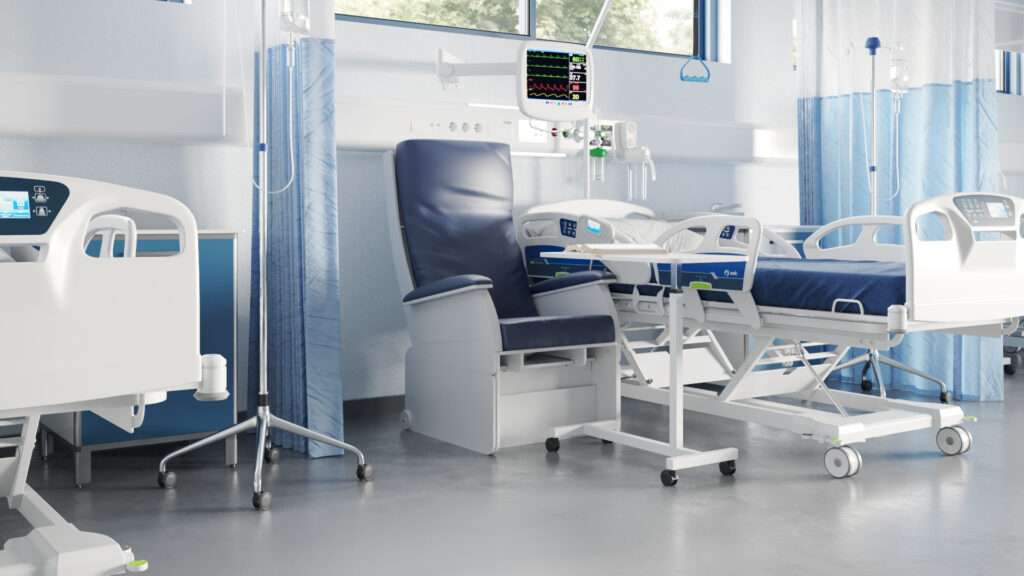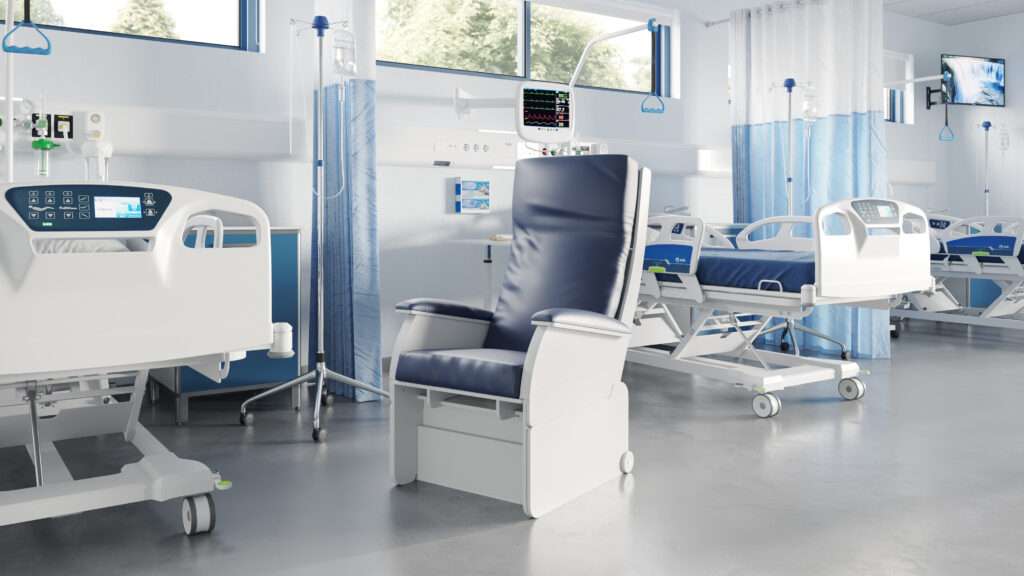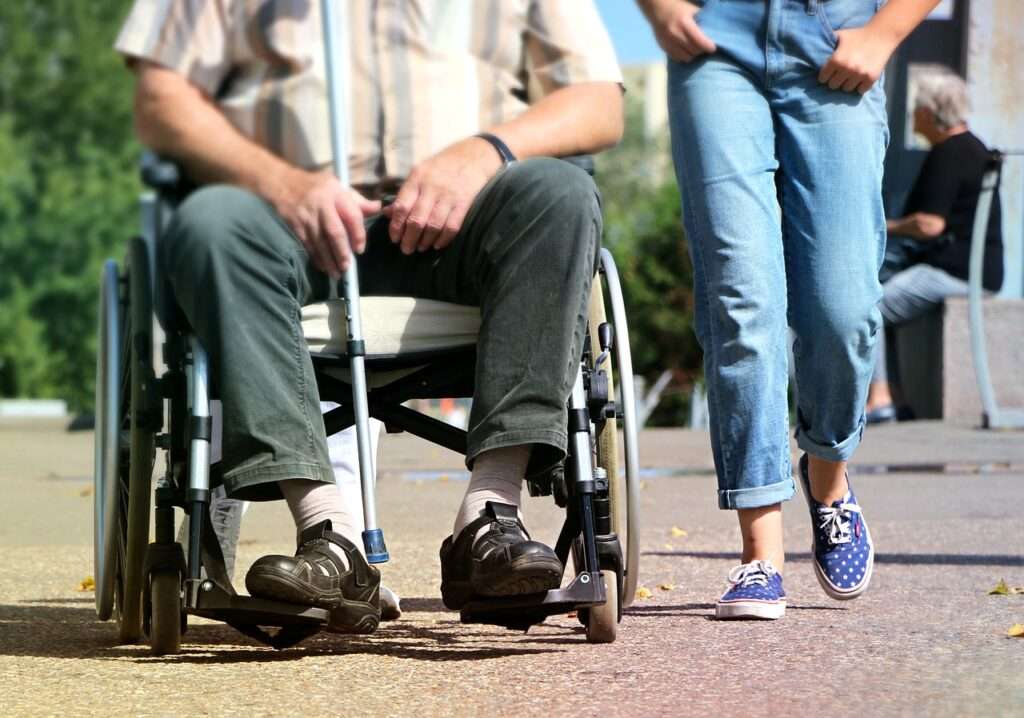Lifting someone who has fallen can be a complex task that requires careful consideration of several factors, such as the person’s weight, their injuries, the surface they are lying on, and the availability of proper lifting equipment.
Without a proper risk assessment, lifting a fallen person can put both the person and the lifter at risk of injury. For example, if the lifter does not have adequate strength or training, they may strain their back or other muscles while attempting to lift the person. Additionally, if the person has a serious injury, such as a broken bone or spinal injury, lifting them without proper support could worsen their condition.
By conducting a risk assessment before lifting a fallen person, the lifter can identify potential risks and hazards and take steps to mitigate them. This might involve enlisting additional help, using lifting equipment such as a stretcher or hoist, or seeking medical attention before attempting to lift the person.
Jump straight to...
How to carry out risk assessments
Multifactorial risk assessment model
Falls are a significant risk for the elderly, and a multifactorial risk assessment can help identify the factors that contribute to the risk of falls in older adults. Here are the steps to carry out a multifactorial risk assessment for elderly falls:
- Identify the factors: The first step is to identify the factors that contribute to falls in the elderly. Some of the factors may include:
- Muscle weakness and balance problems
- Vision problems
- Medications that affect balance and coordination
- Home hazards such as loose rugs, cluttered spaces, and poor lighting
- Chronic conditions like diabetes or arthritis
- Assess the factors: Once the factors have been identified, the next step is to assess each one to determine the degree of risk it poses. This may involve assessing an individual’s muscle strength, vision, and balance, reviewing medication lists, and evaluating the home environment.
- Rank the factors: After assessing the factors, rank them in order of importance based on the degree of risk they pose. This will help prioritize which factors need to be addressed first.
- Develop a plan: Based on the ranking of the factors, develop a plan to address each one. For example, this may involve prescribing physical therapy to improve muscle strength and balance, adjusting medication dosages or types, or making modifications to the home environment to remove hazards.
- Implement and monitor the plan: Once the plan has been developed, it should be implemented and monitored to determine its effectiveness. Regular assessments and adjustments to the plan may be necessary to ensure it remains effective over time.
ISTUMBLE
The multifactorial approach is more of a holistic written plan designed to prevent falls, whereas the ISTUMBLE method is a useful acronym to help paramedics or care staff respond to falls when they happen. If any of the following are present the carer should contact emergency services. If not, lifting aids such as the Raizer should be used to bring the patient from the floor and reassess their situation.
Intense Pain
Suspected Collapse
Trauma to neck/back/head
Unusual behaviour
Marked difficulty in breathing/chest pain
Bleeding freely
Loss of consciousness/knocked out
Evidence of fracture
In addition to the ISTUMBLE checklist, the FAST test should be carried out before lifting the patient:
Face — equal on both sides
Arms — able to hold both arms up without assistance
Speech — no slurring, able to speak as normal
Time — get an accurate time of onset
ECP flowchart
This is another guided flowchart for responding to falls situations, used by the Yorkshire Ambulance Service. This is a more developed flowchart covering a wider variety of scenarios, so should be kept stored on electronic devices if this is used.
What if I have a no-lift policy?
Some care organisations have no-lift policies, and rely solely on calling emergency services to assist fallen patients. This approach can be prohibitive due to the time taken for emergency services to arrive. It can also be more fraught with risk, as the longer the faller is on the floor, the more chance there is of the faller developing further injuries and health complications.
Current statistics show that:
- 20% of fallers that are admitted to hospital will have been on the floor for over an hour waiting for assistance (a long lie)
- Half of the 20% admitted to hospital will die within 6 months because of health complications caused by a long lie
While these statistics are shocking it shows the paramount importance of having the right lifting policy in place and the appropriate equipment on hand to assist an uninjured faller to their feet as quickly as possible.
How we can help you with risk assessments
We have helped many care organisations design bespoke lifting policies and changed their policy from no-lift to using the Raizer. This has reaped dividends in terms of time saved, cost saved in terms of staff flexibility and reducing moving & handling injuries, and ultimately a better outcome for the patient.
Summary
Carrying out risk assessments for falls is of paramount importance in all elderly care settings, and by carrying out this due diligence and addressing the identified factors, it is possible to reduce the risk of falls in older adults and improve their quality of life.
We are often asked and are pleased to offer a no-obligation falls consultation to potential customers and partners, with technical product comparisons and bespoke risk assessments.








